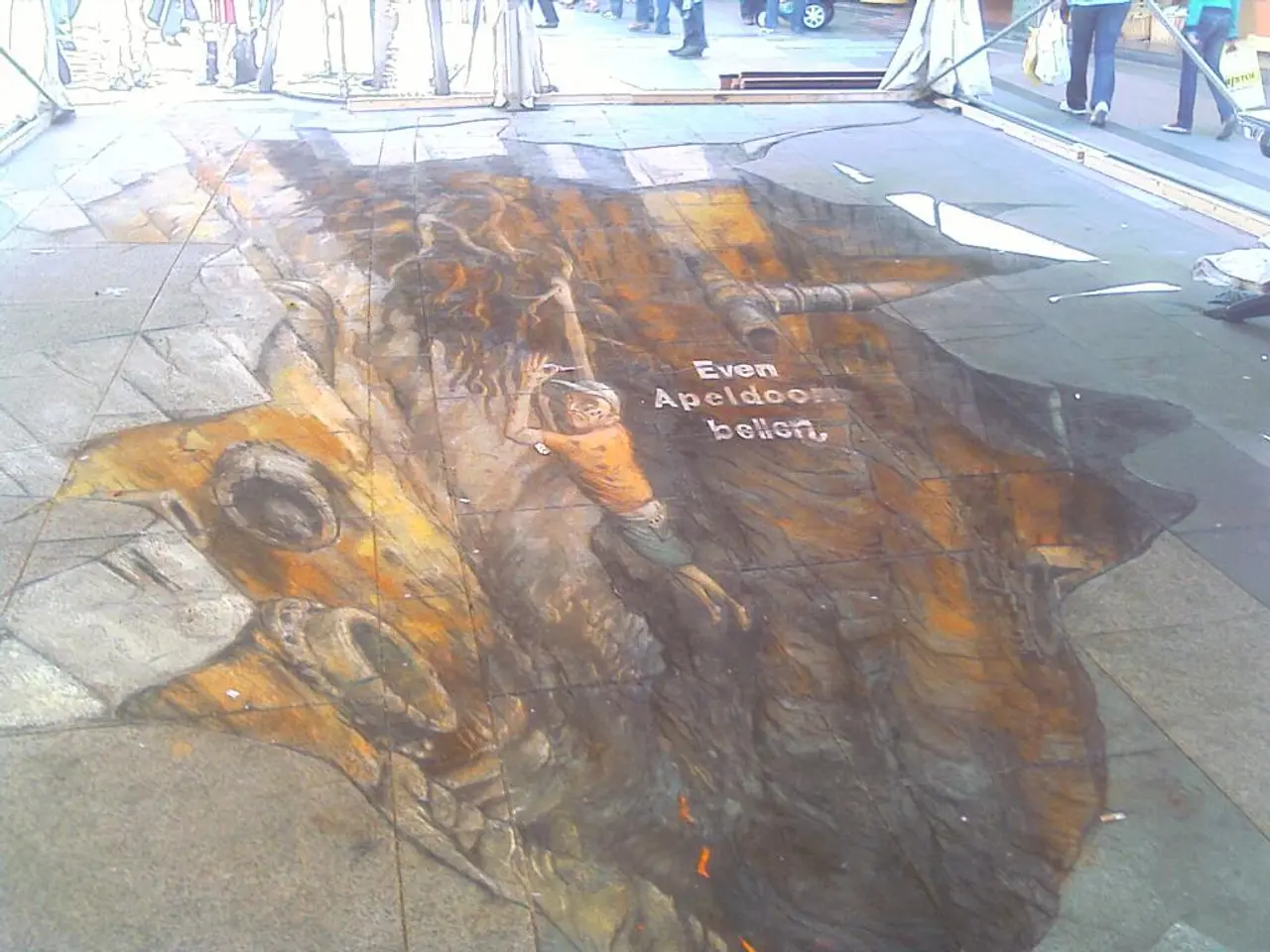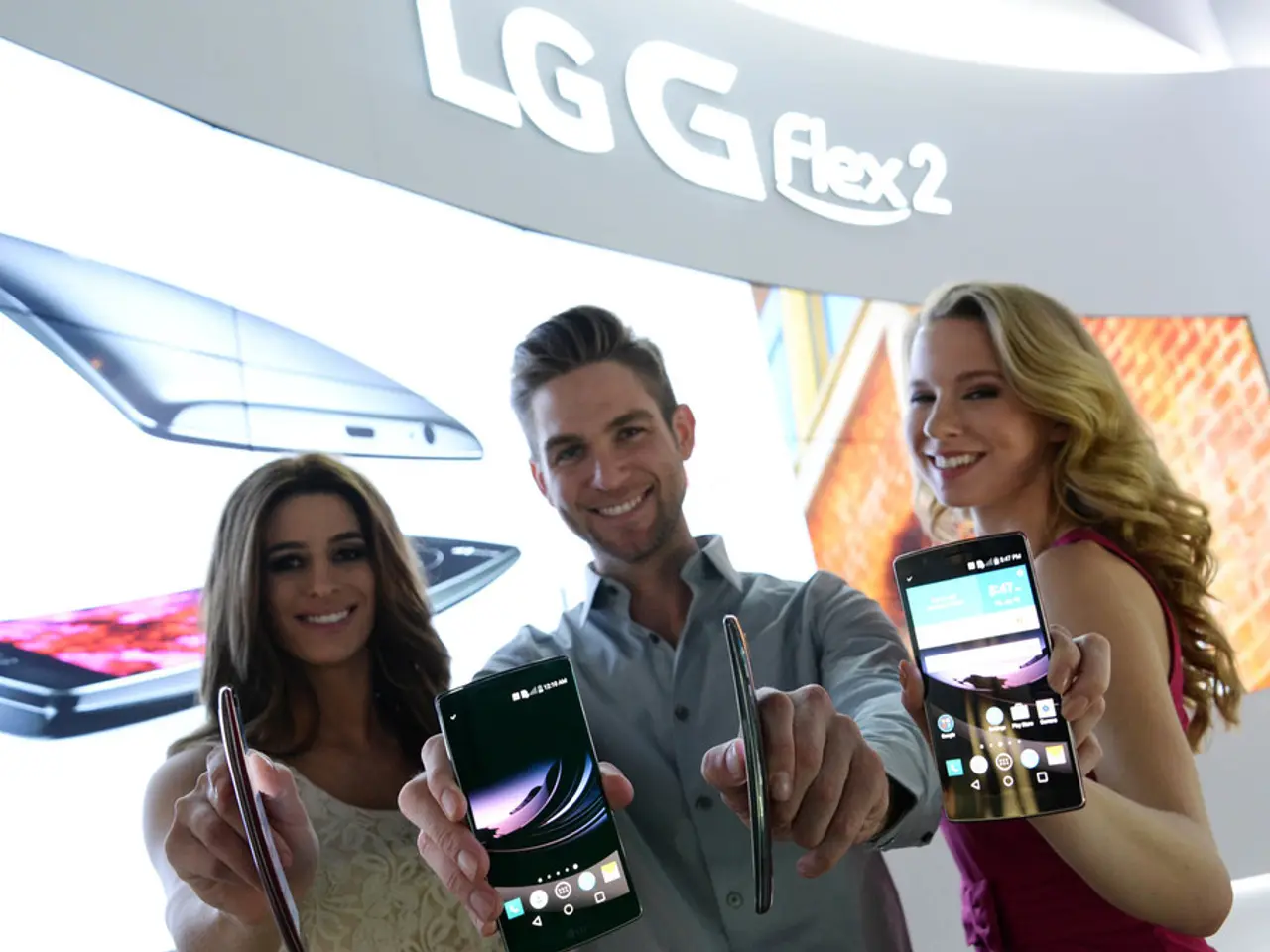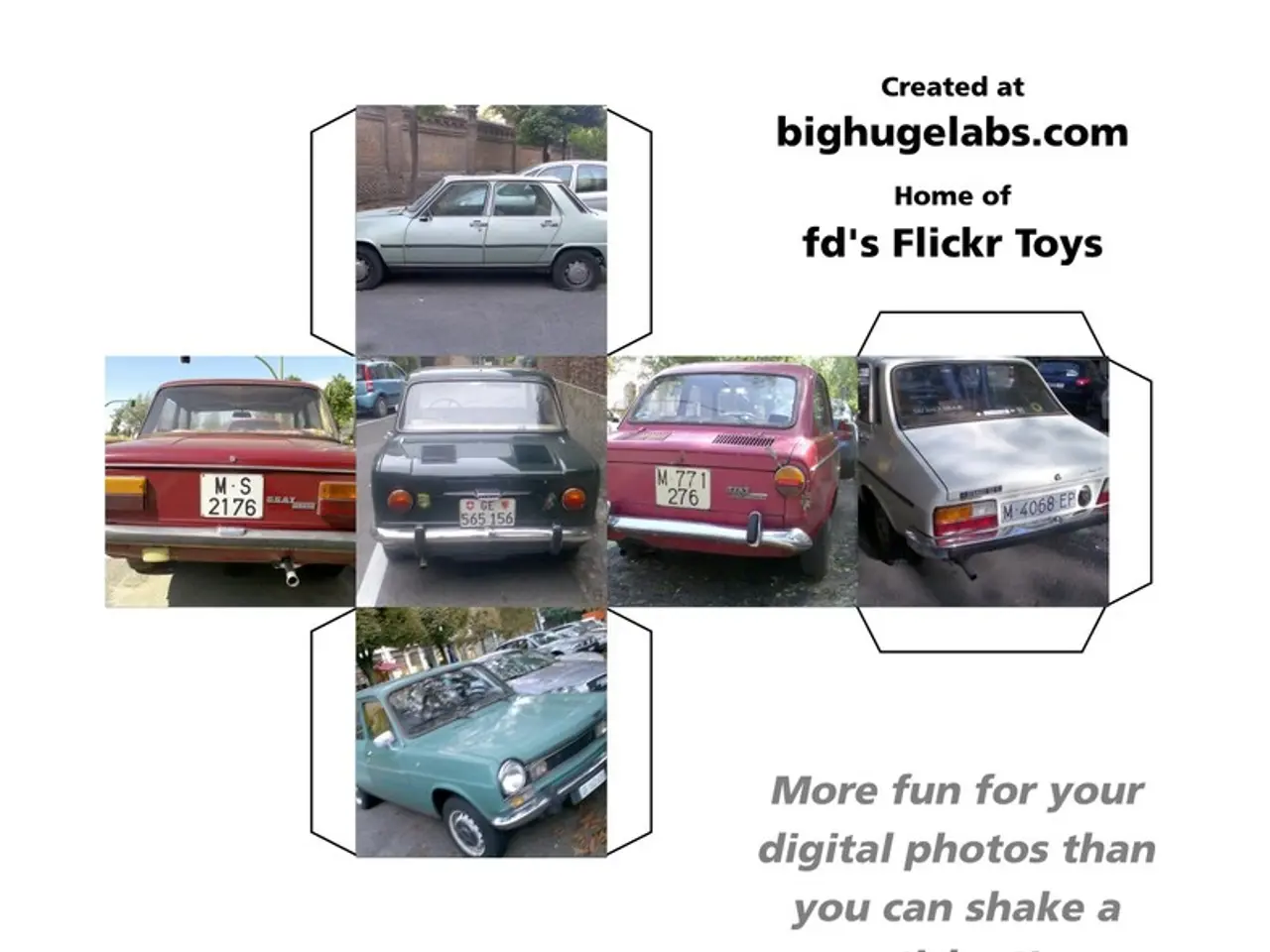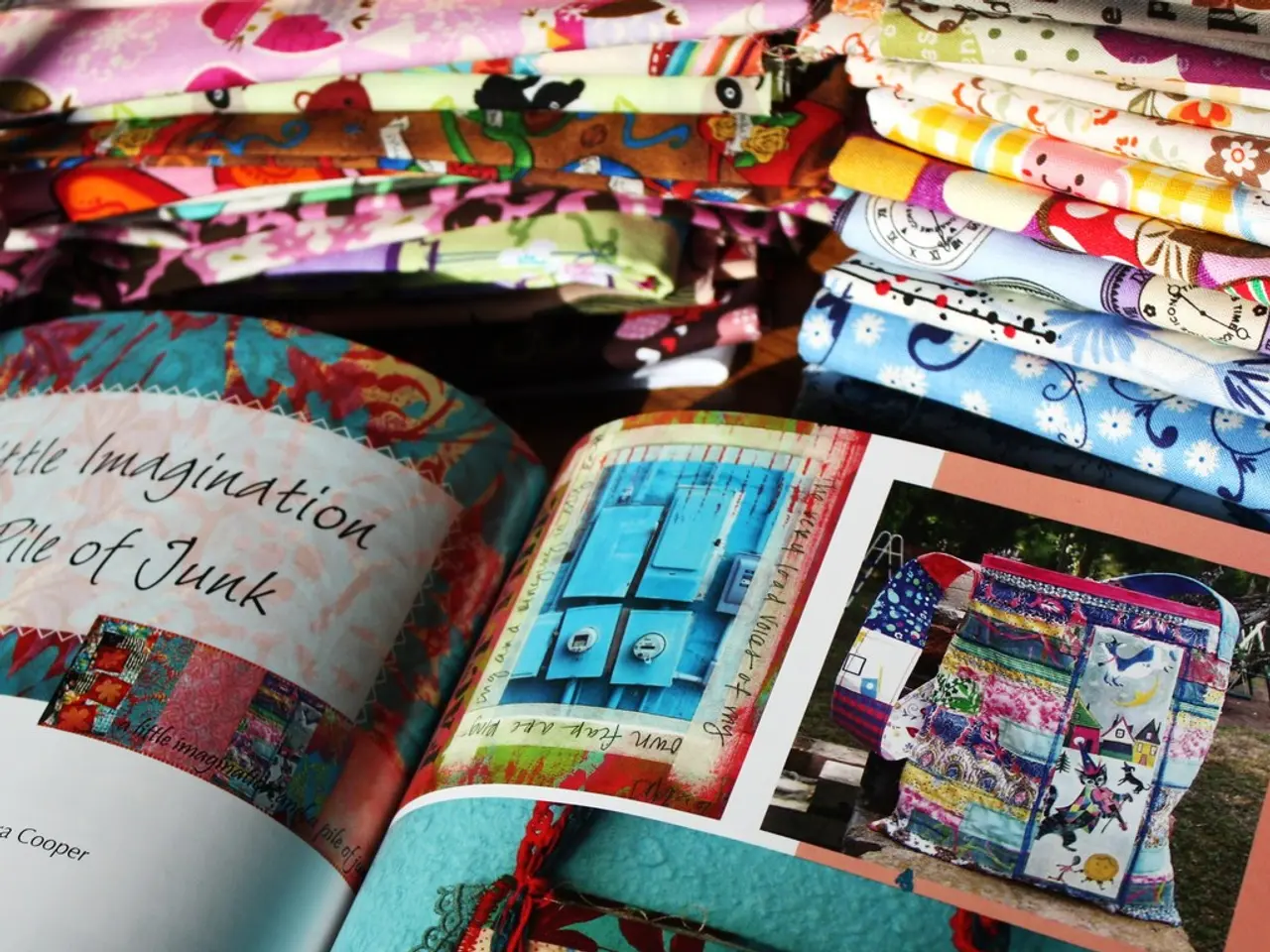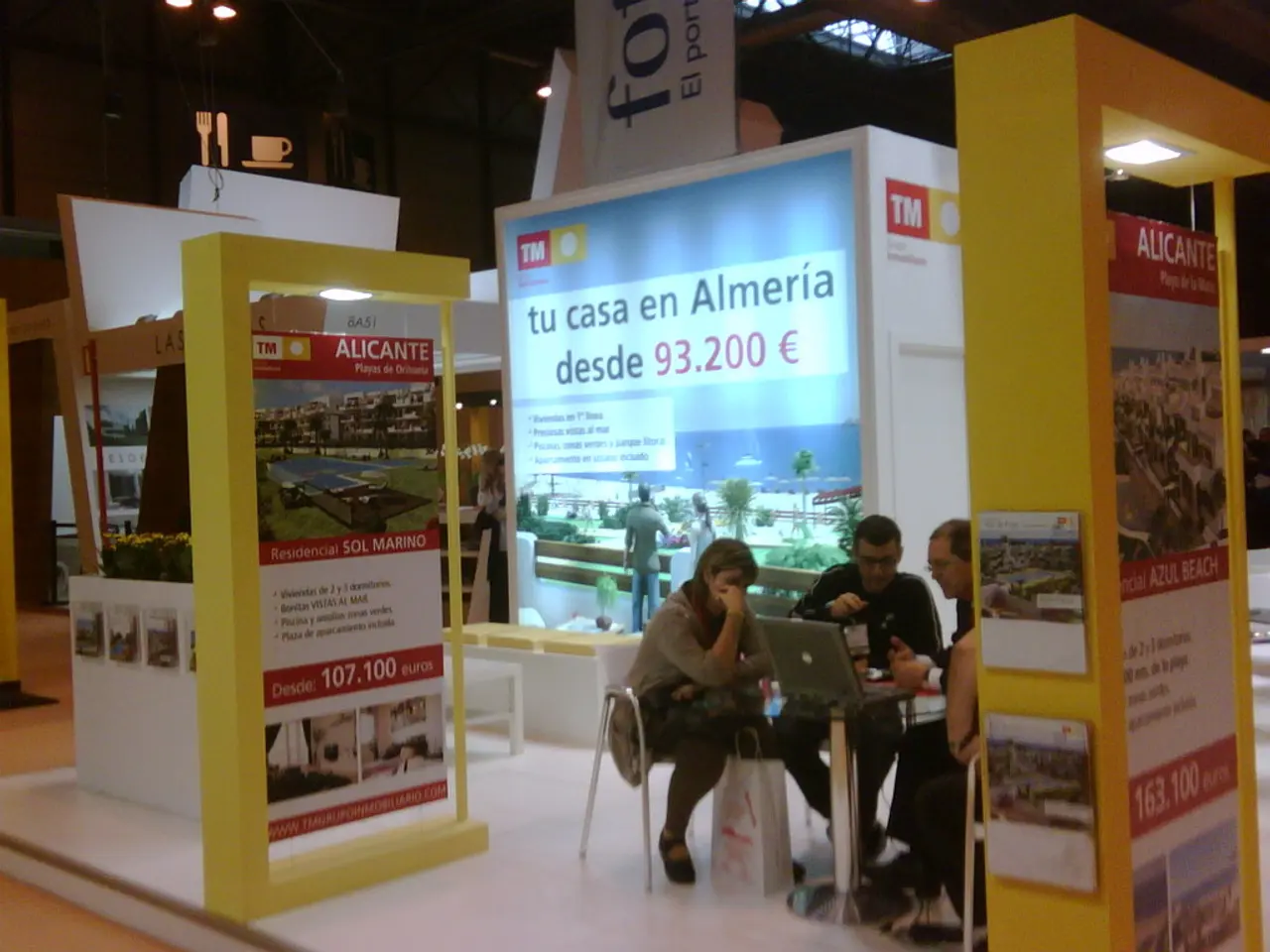Guide on Establishing a Digital 3D Art Museum
In the ever-evolving world of art, a transformative shift is underway. Traditional art galleries are making way for immersive, interactive, and accessible online 3D exhibitions. This article explores the process of creating an online 3D art gallery and the popular platforms that are revolutionising the art scene.
The process of crafting a digital art gallery begins with choosing a suitable platform. Several platforms have emerged as popular venues, each offering unique features for artists, curators, and audiences. These include Virtual Art House (VAH), Decentraland and Spatial, Occupy White Walls, Sketchfab, Artsteps, Mozilla Hubs, and Eternal3D.
Virtual Art House (VAH), a digital twin of the Art House Turku, is a multi-user social VR platform designed for hosting virtual events, exhibitions, and user-generated content. It supports community spaces and collaborations, aiming to be highly customizable for both individuals and large-scale events.
Decentraland and Spatial enable creators to build immersive 3D environments, including art galleries with interactive elements. Users have full control over their virtual spaces, allowing for deep customization and engagement with audiences. Decentraland integrates blockchain technology for digital asset ownership, while Spatial focuses on collaboration and social presence.
Occupy White Walls is a massively multiplayer online (MMO) game that doubles as a virtual art space, where users can design and manage their own galleries and exhibit digital art. It offers social and creative tools for artists and collectors to interact within the virtual environment.
Once a platform is chosen, the next step is preparing 3D artworks, designing the virtual space, and implementing interactive features. Customizing the lighting, background, and ambiance can enhance the immersive experience for visitors. Interactive features like information tags, hotspots, and clickable objects can provide details about the artworks or related multimedia content.
To ensure faster loading times, it's essential to optimize your 3D models for web viewing. The 3D artworks should be in a compatible format supported by the chosen platform, such as OBJ, FBX, or GLTF.
Launching the online 3D art gallery is just the beginning. Promoting it through social media, email newsletters, and art-related communities is crucial to attract visitors. Continuously updating the virtual gallery with new 3D artworks or rotating exhibits keeps the content fresh.
Virtual 3D galleries provide global accessibility to artworks, offering a unique and immersive experience for art enthusiasts and collectors worldwide. They also provide increased accessibility due to their online nature. Virtual art events, guided tours, or artist talks within the virtual gallery can further enrich the experience.
Eternal3D.com, based in Cerritos, California, United States, specialises in designing 3D virtual galleries. The future of art galleries is moving towards 3D exhibitions, providing immersive and interactive experiences that traditional galleries cannot match.
In conclusion, the rise of online 3D art galleries represents a significant leap forward for the art world. By listening to visitor feedback and making improvements based on their suggestions, artists and curators can continue to refine and enhance this exciting new medium.
In the process of constructing a digital art gallery, artists and curators often turn to platforms such as Virtual Art House (VAH), Decentraland, Spatial, Occupy White Walls, Sketchfab, Artsteps, Mozilla Hubs, and Eternal3D, each offering unique features catering to various needs. Furthermore, the fusion of technology and art is exemplified in platforms like Decentraland and Spatial, which allow creators to build immersive 3D environments with interactive elements, augmented by blockchain technology or a focus on collaboration and social presence.
